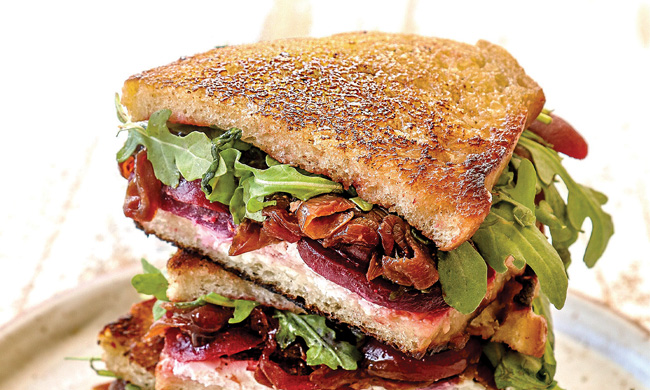
Cool winter days and their cold, crisp air call for a quick warmup in the form of a classic combo: soup and sandwich. Next time you need warmed up from the inside out, go for a homemade pairing that brings together a cheesy handheld and hearty minestrone.
When you sit down for a wintertime meal with the family, Gourmet Grilled Cheese with Aunt Nellie’s Pickled Beets provides the comfort you crave with caramelized onions, gooey melted cheese and toasted sourdough. Slowly simmered to savory perfection, 3-Bean Tortellini Minestrone – powered by READ 3-Bean Salad – plays the ideal complement to the griddled sandwiches as a filling soup without the hassle.
To find more comforting meal ideas made for combatting the cold, visit AuntNellies.com and READSalads.com.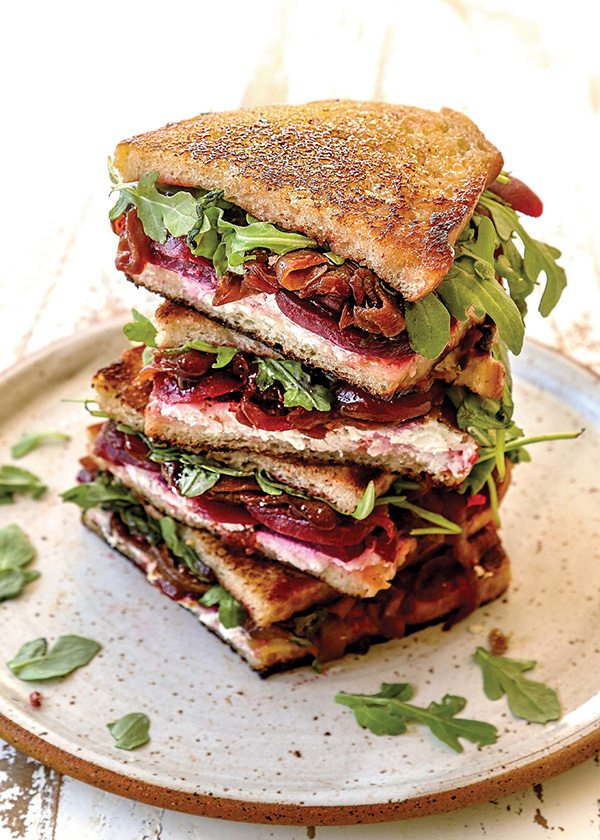
Gourmet Grilled Cheese with Pickled Beets
Recipe courtesy of "Carlsbad Cravings"
Prep time: 60 minutes
Caramelized Onions:
- 3 tablespoons butter
- 3 tablespoons olive oil
- 3 large yellow onions, halved, sliced 1/4-inch thick
- 1-2tablespoons water (optional)
- 1 tablespoon brown sugar
- 1 tablespoon balsamic vinegar
- 1/8 teaspoon salt
- 1/8 teaspoon pepper
- 1/8 teaspoon red pepper flakes
Sandwiches:
- 8 large sourdough slices, 1/2-inch thick
- 1/3 cup mayonnaise
- 4 ounces fresh goat cheese, at room temperature
- 8 ounces shredded gruyere cheese, at room temperature
- 1 jar Aunt Nellie's Sliced Pickled Beets (about 32 beets)
- 2 cups baby arugula
- 2 tablespoons butter, divided
- 2 tablespoons olive oil, divided
- To make caramelized onions: In Dutch oven over medium-high heat, melt butter and olive oil. Add onion and cook, stirring occasionally, 5 minutes then reduce heat to medium.
- Cook until onions are caramelized and rich, deep golden brown, about 25 minutes, stirring often. Turn heat to medium-low or add water if onions are dry or start to scorch before caramelizing.
- Add sugar, balsamic vinegar, salt, pepper and red pepper flakes; cook 1 minute. Onions should be jammy and darkly caramelized when done. Remove to plate to cool.
- To make sandwiches: Spread out bread slices on flat surface. Spread thin layer of mayonnaise on one side of each bread slice.
- Turn four bread slices over and spread goat cheese on plain side. Top goat cheese with gruyere, even layer of beets, caramelized onions and arugula. Top with remaining bread, mayo side out. Secure with toothpicks, if desired.
- In large skillet over medium-low heat, melt 1 tablespoon butter with 1 tablespoon olive oil. Add two sandwiches, cover and grill until bottom of bread is toasted, about 5-7 minutes, and cheese starts melting, checking often. Flip and cook, uncovered, until cheese is melted and bottom of bread is toasted.
- Repeat with remaining sandwiches.

3-Bean Tortellini Minestrone
Recipe courtesy of "Joy of Eating"
Prep time: 20 minutes
Cook time: 25 minutes
- 1 can (15 ounces) READ 3-Bean Salad
- 1/2 cup extra-virgin olive oil
- 1/2 medium yellow onion, diced
- 3 peeled garlic cloves, minced
- 2 pinches salt, plus additional to taste, divided
- 1 teaspoon Italian seasoning
- 1/4 teaspoon black pepper, plus additional to taste, divided
- 3 small carrots, trimmed, peeled and diced
- 2 celery stalks, trimmed and diced
- 1 medium zucchini, diced
- 1 can (28 ounces) diced tomatoes, undrained
- 1 Parmesan rind (optional)
- 6 cups low-sodium vegetable broth
- 9-10 ounces refrigerated cheese tortellini
- 2 cups baby spinach
- jarred pesto, for serving (optional)
- Drain and rinse bean salad; set aside.
- In large pot over medium heat, heat olive oil. Add onions, garlic and 1 pinch salt; saute until translucent, 3-4 minutes. Stir in Italian seasoning and 1/4 teaspoon black pepper. Cook until fragrant, about 1 minute. Add carrots, celery and zucchini with remaining pinch salt. Cook, stirring occasionally, until vegetables are crisp tender, 5-7 minutes.
- Stir in tomatoes. Add Parmesan rind, if desired. Cook about 10 minutes until most tomato juice evaporates. Pour in vegetable broth. Bring to boil. Add tortellini; cook 2 minutes, or just until tender. Stir in bean salad and spinach. Cook 2-3 minutes to heat through.
- Season with additional salt and black pepper, to taste. Serve garnished with pesto, if desired.
Seneca Foods
Seneca Foods


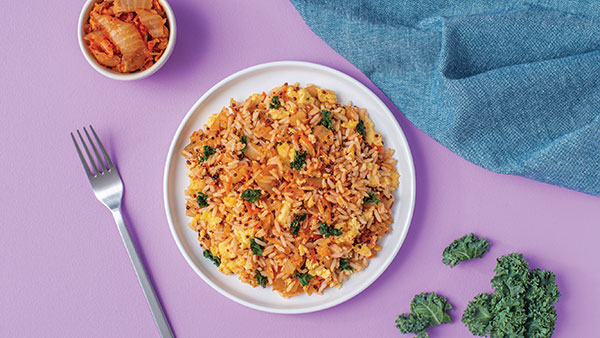








 According to the statistics update, people with midlife hypertension were five times more likely to experience impairment on global cognition and about twice as likely to experience reduced executive function, dementia and Alzheimer’s disease. The risk for dementia associated with heart failure was nearly two-fold.
According to the statistics update, people with midlife hypertension were five times more likely to experience impairment on global cognition and about twice as likely to experience reduced executive function, dementia and Alzheimer’s disease. The risk for dementia associated with heart failure was nearly two-fold.
 Stay Active
Stay Active
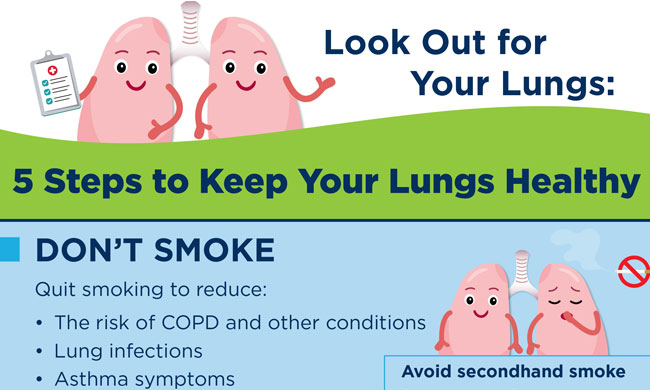
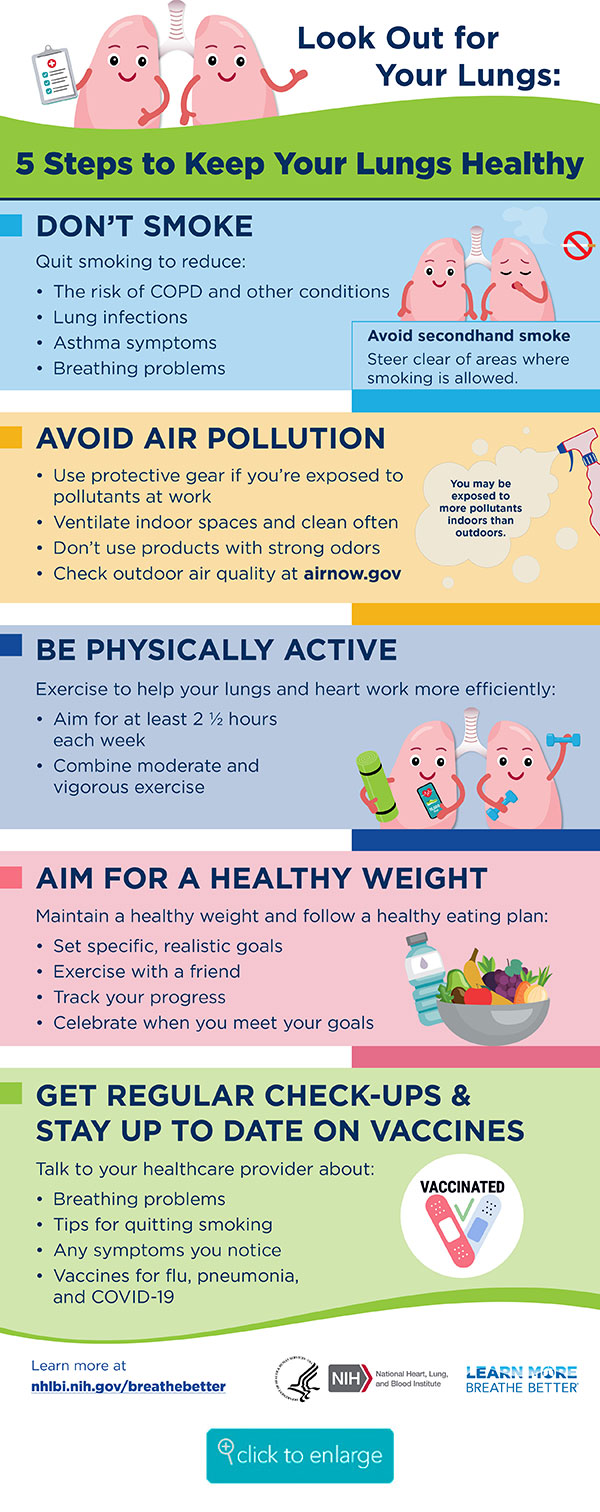


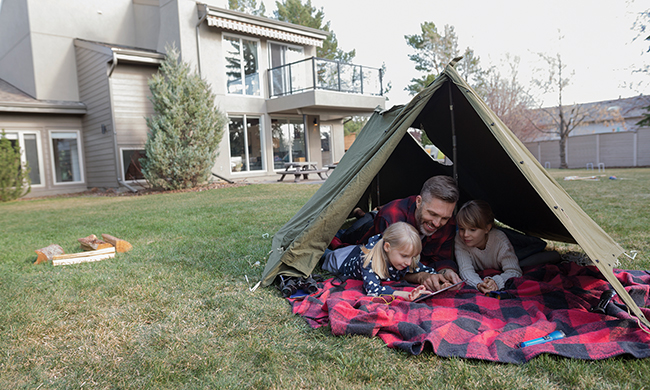

 Las biopsias de tejido son la única forma de confirmar un diagnóstico de cáncer de pulmón. También son la forma estándar de detectar las mutaciones conductoras. Hay muchas técnicas de biopsia diferentes que pueden utilizarse para obtener el tejido tumoral.
Las biopsias de tejido son la única forma de confirmar un diagnóstico de cáncer de pulmón. También son la forma estándar de detectar las mutaciones conductoras. Hay muchas técnicas de biopsia diferentes que pueden utilizarse para obtener el tejido tumoral. 
 Keep a consistent sleep schedule. Get up at the same time every day, even on weekends and during vacations.
Keep a consistent sleep schedule. Get up at the same time every day, even on weekends and during vacations.


